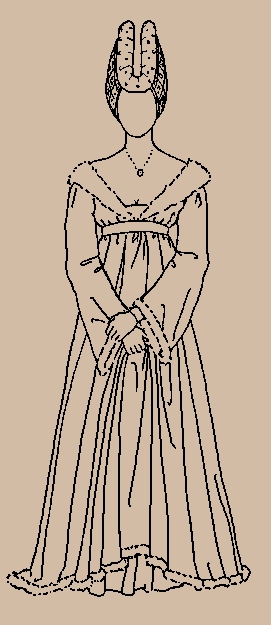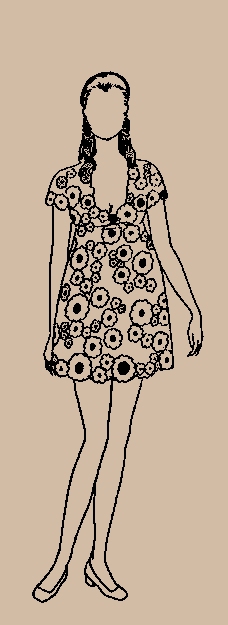 |
 |
 |
 |
 |
 |
| The shapes and colours of fashion have varied a lot through time, for men as
well as women. Based on studies of human reactions it has been established that
certain shapes and proportions are found to be 'beautiful' for men and women in
terms of biology - shapes and proportions closely linked to hormones, specific
to the two sexes. One would immediately expect these shapes and proportions to
be the dominating ideal of fashion through the ages. However, this is not the
case. One period might find the sex-specific shapes enhanced to the point of
ridicule while another period finds them played down so low that you can hardly
tell the two sexes apart.
It seems that taste in fashion varies, absorbing changes in the conditions of life: the economic situation, levels of unimployment, birth- and death-rates and human values at specific times in history. This way of looking at Fashion History gives an idea of why specific looks go in and out of fashion as fashion is a reflection of society and history at any time - including our own time. |
One ongoing research program is 'mapping European Trend History', comparing the painted and photographed evidence of fashion to the contemporary social and historical conditions from the middle ages and onwards. This research calls for placing undated portraits correctly on a detailed time line, and it led to the close study of ladies' headwear of the renaissance as its details would have changed faster than the whole dress. For more information on this please go to "French Hoods and Gable Hoods". Lectures given on Trend History will be tailored to meet the specific
interests of any audience. Please Phone, write or send an e-mail for further information about Trend History. |